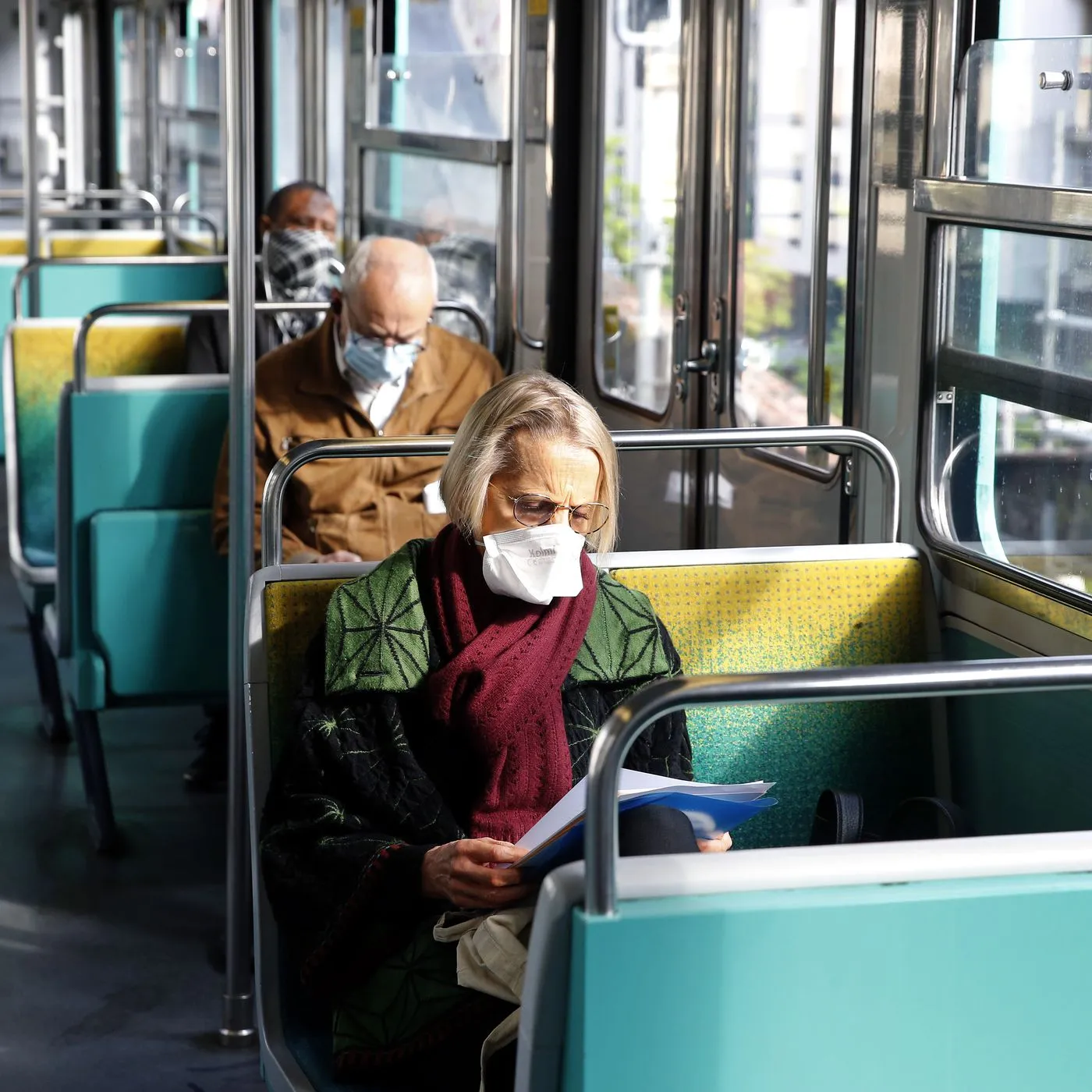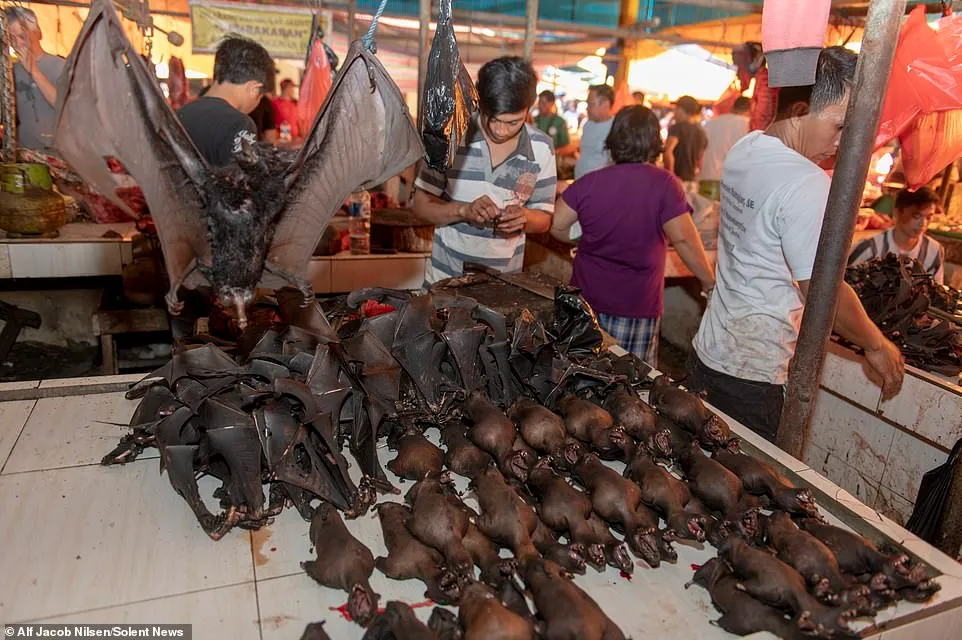



Dr. Zoltan Penzes
Head of Biology R&D
Dr. Marie Ducrotoy
Senior Program Manager
Dr. Olivier Espiesse
Global Public Affairs Director
Will the new spotlight on zoonoses and emerging diseases that originate in wildlife create a real momentum for One Health?
In many parts of the world, governments are now taking cautious steps towards allowing people, organisations and businesses to resume their activities, albeit within the ‘new normal’ post-COVID 19 world of face-masks and 2-metre social distancing.

Eventually, a vaccine will undoubtedly be a key tool in bringing the COVID-19 pandemic under control, enabling people to mingle and co-exist safely. But even with a high degree of international collaboration an effective vaccine is very unlikely to become available before next year.

Although the general public will be disappointed with the news that it will take a year or more to develop a vaccine, having worked on coronaviruses in animals for many years, I can assure you that the speed with which progress has been made with regard to producing COVID-19 vaccine candidates is remarkable. The full genetic sequence for SARS-CoV-2 was freely shared by Chinese scientists on the 10th January – little more than a fortnight after the first reports of a possible deadly new coronavirus in the country. Using that genetic information, scientists in the US developed the first candidate vaccine against SARS-CoV-2 in just 42 days – an astonishing industry record.
Dr. Zoltan Penzes
-Global Director, Bio R&D, Ceva
Now that the graphs have peaked and the pop-up hospitals have been stood down, there are many questions that need to be answered. A really big one is, could we have seen this coming and could it have been prevented?

As long ago as 2007, the Clinical Microbiology Reviews published a paper in the aftermath of the SARS outbreak, which included what now seems like a highly prophetic warning:
The presence of a large reservoir of SARS-CoV-like viruses in horseshoe bats, together with the culture of eating exotic animals in southern Asia, is a time bomb. The possibility of the re-emergence of SARS and other novel viruses from animals…and therefore the need for preparedness should not be ignored.[1]
According to ANSES, the French Agency for Food, Environmental and Occupational Health & Safety:
SARS-CoV-2 appears to be of animal origin and likely originates from a species of bat with or without the intervention of an intermediate host.[2]
Most new human diseases originate in wild animals
Infectious diseases that can spread from animals to people are called zoonoses. According to the World Health Organization (WHO) writing before the current pandemic:
Globally, about one billion cases of illness and millions of deaths occur every year from zoonoses. Some 60% of emerging infectious diseases (EID) that are reported globally are zoonoses. Over 30 new human pathogens have been detected in the last three decades, 75% of which have originated in animals.[3]
A recent further analysis from the University of Edinburgh, UK showed that 72% of the zoonotic EID events were found to be of wildlife origin.[2]

SARS-CoV-2 may have jumped the species barrier when people and wild animals- both wild caught and farmed – came into close proximity at poorly regulated and unhygienic markets. From its likely origin in wildlife, it has become a human infection being spread from person to person largely through air-borne droplets as infected people cough and sneeze. Large concentrations of people living in close proximity in cities and mass movement of people all around the globe have exacerbated the spread.
The SARS outbreak of 2003, which was also caused by a coronavirus, is also believed to have originated in bats and jumped to people via civet cats sold live in Asian markets. Similarly, the MERS outbreak of 2012 was also caused by a coronavirus which spread to people from camels. It is believed that the virus originated in bats and was previously transmitted to camels.
The ability of bats to fly and hibernate, both of which involve wide variations in body temperature, has consequences for their immunological mechanisms. It appears this makes them special in their capacity to act as reservoirs of viral and other pathogens.
Health Scientists call for more investment in surveillance and science to stop transmission of zoonotic diseases
Commenting on the question as to what changes the current COVID-19 crisis might bring about , Professor Sue Welburn, Founding Director of the Global Health Academy, University of Edinburgh, UK, with whom Ceva worked closely in Uganda to control another deadly zoonotic disease, human African trypanosomosis (sleeping sickness), said:
It is timely to ramp up our ambitions and commitments to One Health. Now, more than ever, we can all appreciate that healthy people, healthy animals and healthy ecosystems are essential for our health today and to that of future generations. Investments to foresee and prevent zoonotic disease transmission are key to a sustainable and healthy future.
In recent times, with many governments cutting funding to tropical public health work, scientists have found it difficult to secure funding to investigate zoonotic diseases. Finding out exactly how infections are transmitted from wild animals to people and the role wild animals, especially bats, play as reservoirs of infection is difficult, painstaking and rather unglamorous work. At the same time, poor people in many biodiversity hotspots, such as tropical forests, eke out a living by hunting wild animals either for home consumption or sale, with bats, rodents, primates and other species, many critically endangered, ending up in poorly regulated backstreet markets and roadside stalls.

We are focusing all efforts on the end point but we should also be trying to untangle the starting point so that next time we can prevent it. Epidemiology is no longer sexy – I know this from first-hand experience. When I did my PhD on the epidemiology of animal and human brucellosis and bovine TB in pastoralist communities of Nigeria no one was interested! But it is extremely important to look more closely at transmission pathways and the role of wildlife as pathogen reservoirs.
Dr. Marie Ducrotoy-
Veterinarian and a Senior Program Manager in Ceva’s Public Affairs department
The first step, in major outbreaks such as SARS, MERS or COVID-19 must be to trace exactly how the virus was initially transmitted to people and to identify the species that are its reservoirs . Going forward, many more resources must be invested in ongoing research and surveillance to identify and contain future zoonotic threats, hopefully preventing the potentially catastrophic spill-over to human populations. In an authoritative review published in Nature as long ago as 2008, Jones and colleagues noted:
Zoonoses from wildlife represent the most significant, growing threat to global health of all EIDs [emerging infectious diseases]. Our findings highlight the critical need for health monitoring and identification of new, potentially zoonotic pathogens in wildlife populations, as a forecast measure for EIDs.[4]
And as recently as this January, livestock specialists meeting at the United Nations, Food & Agriculture Organization (FAO) in Rome, Italy recommended a strengthened focus in two key areas:
- The livestock-human-wildlife interface and how encroachment of human populations on wild ecosystems can give rise to emergence of zoonotic diseases (e.g. Ebola, Nipah virus).
- The risk posed by live animal markets for triggering zoonotic disease outbreaks (avian influenza, COVID-19).
The stamping-out of the illegal trade in wild animals would deliver a win-win-win outcome, protecting public health, better conserving wildlife and improving animal welfare.
Poor people who currently can see no other options to provide for their families other than hunting, eating and selling wildlife will need to be provided with new and better options which may include livestock production. Ceva is well placed to play a role here as we are committed to supporting all types of livestock keepers – large or small-scale, traditional, intensive or extensive – to raise healthy and productive livestock.
Back to basics.
The Covid-crisis has been likened by many Governments to fighting a war. As we try to work out what the strengths and weaknesses are of the enemy in front us, it’s becoming increasingly clear that we don’t have the basic field knowledge or in scientific terms enough understanding of the epidemiology of the disease.
It is evident that this is a global battle and the frontiers are not in New York, Beijing or Paris but in the tropical and equatorial regions of countries where the public health authorities (national or international) do not have the physical or financial resources to fully understand what is happening at the human-livestock-wildlife interface.
In a recent interview during the current crisis Didier Sicard, emeritus professor of medicine at the Université Paris Descartes, said:
Entomology and research on animal reservoirs is therefore not up to the challenge. Sure it exists, but it may account for 1% of the research funded. Because what fascinates candidates for the Nobel Prize is to find a treatment or the molecular characterization of a new virus and not to elucidate epidemiological transmission pathways. The great infectious discoveries were born this way: the malaria agent, Plasmodium, was discovered by a Frenchman, Alphonse Laveran in the field, in Tunisia. And this is research that is fundamental and that is done on a scale that we have somewhat forgotten. As if the micro vision had finally made the importance of the macro disappear.[5]
The earlier recommendations from Jones et.al., made over 10 years ago, were also very clear and point to that fact that those scientists with expert knowledge of zoonoses, did see this coming:
The global effort for EID surveillance and investigation is poorly allocated, with the majority of our scientific resources focused on places from where the next important emerging pathogen is least likely to originate. We advocate re-allocation of resources for ‘smart surveillance’ of emerging disease hotspots in lower latitudes, such as tropical Africa, Latin America and Asia, including targeted surveillance of at-risk people to identify early case clusters of potentially new EIDs before their large-scale emergence.

Such an approach may have prevented the current pandemic. Surely now the global community, led by the mandated international organisations (UN, WHO, FAO, OIE) and supported by national governments, philanthropists, academia, NGOs and the private sector, must establish, finance and oversee an effective and responsive smart surveillance system.
As the scientific journal, Nature recently reported, “World leaders need to see … international coordination on COVID-19 and will have to step up. They have no choice, because there’s little point in extinguishing the virus in one country when it’s exploding elsewhere. A genuinely global response is needed — and world leaders must follow the fine example being set by researchers.”[6]
The unimaginable alternative is the inevitably that the horror of the present pandemic is repeated a few years down the line.
1 http://www.emro.who.int/fr/about-who/rc61/zoonotic-diseases.html
2 Avis Anses. Saisine n° 2020-SA-0037
3 Zoonotic disease: emerging public health threats in the Region | RC61 | À propos de l’OMS
5 Nature. 2008 Feb 21;451(7181):990-3. doi: 10.1038/nature06536.
